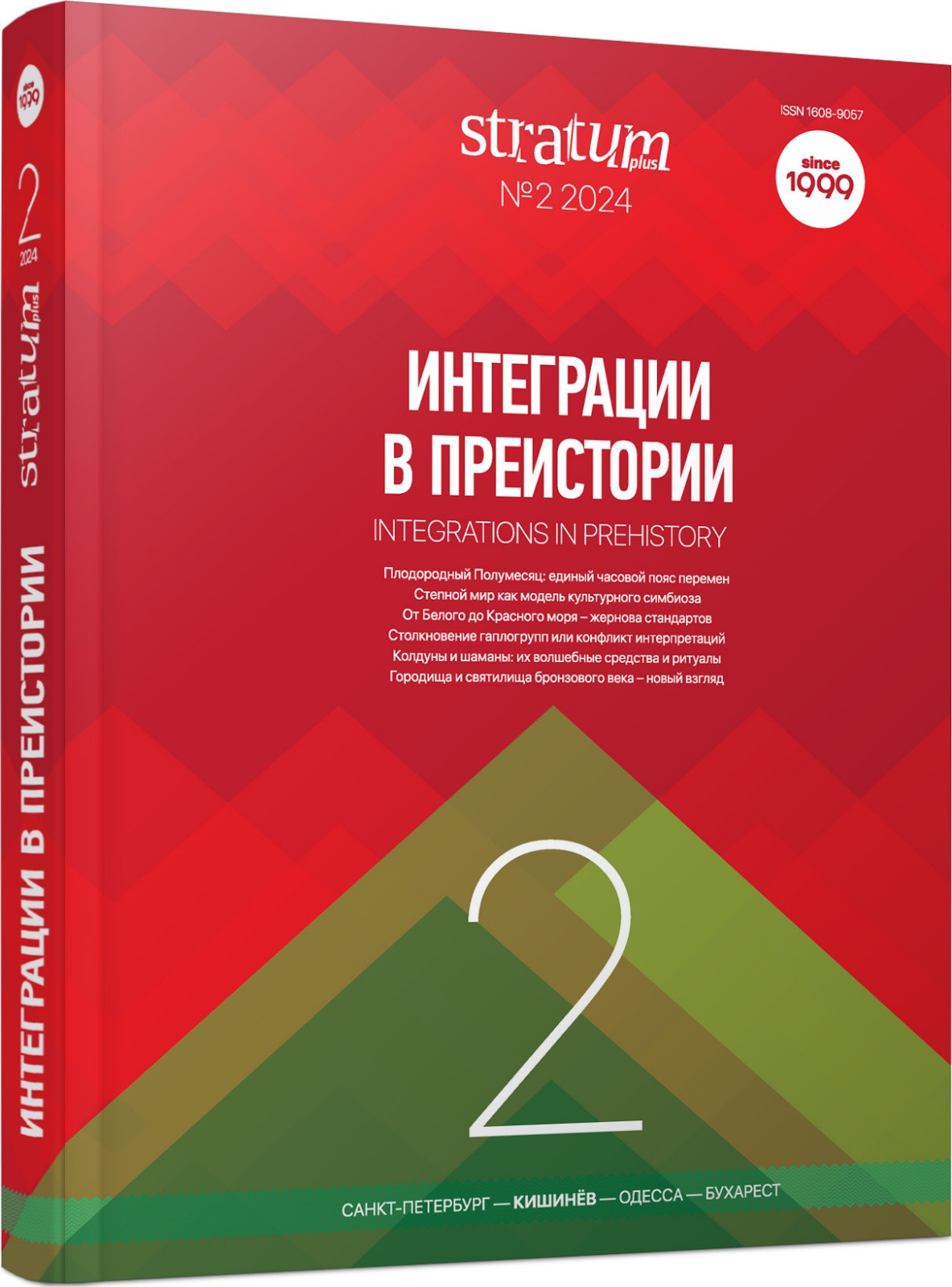Об умеренно плодородном полумесяце умеренного пояса. (Степной пояс Восточной Европы в раннем и среднем голоцене)
About the Moderately Fertile Crescent of the Temperate Climate Zone. (The Steppe Belt of Eastern Europe in the Early and Middle Holocene)
Author(s): Shahmardan N. AmirovSubject(s): History, Archaeology, Historical Geography, Prehistory
Published by: Издательский дом Stratum, Университет «Высшая антропологическая школа»
Keywords: Fertile Crescent of Northern Mesopotamia; Steppe Belt of Eastern Europe; Climatic fluctuations of the Holocene epoch; Mesolithic; Pre-Ceramic Neolithic; Ceramic Neolithic;
Summary/Abstract: Climatic fluctuations of the Holocene determined synchronous adaptation strategies of the populations living in the same landscape conditions of Subtropical and Temperate climates of Western Eurasia. Parallel consideration of the cultural process in the zone of the Fertile Crescent of Northern Mesopotamia and the steppe belt of Eastern Europe makes it possible to synchronize cultural process of these directly unrelated regions. The first trade contacts between Northern Mesopotamia and Eastern Transcaucasia are known from the Late Ceramic Neolithic period. This makes it possible to link the archaeological sequence of Transcaucasia with the periodization of the Mesopotamian region, which dates back to the multimeter deposits of sedentary agricultural sites from the Early Holocene. Indirectly, it also becomes possible to synchronize the archaeological cultures of the steppe belt of Eastern Europe and Northern Mesopotamia. Since the beginning of the Late Chalcolithic, migration movements and numerous contacts have made parallel dating even more reliable. This is due to the fact that the bearers of the Leylatepe culture of the Eastern Transcaucasia had numerous intensive contacts with populations living in the steppe landscape of the Cisсaucasia region. Finally, the climatic collapse of the end of the IV millennium BC, which led to extinction of the Leylatepe populations and the first movement of the Maikop kurgan culture bearers to Transcaucasia and further to the Middle East, also ensured the first direct contact between the East European steppe belt populations and the Near East.
Journal: Stratum plus. Археология и культурная антропология
- Issue Year: 2024
- Issue No: 2
- Page Range: 15-61
- Page Count: 47
- Language: Russian
- Content File-PDF

